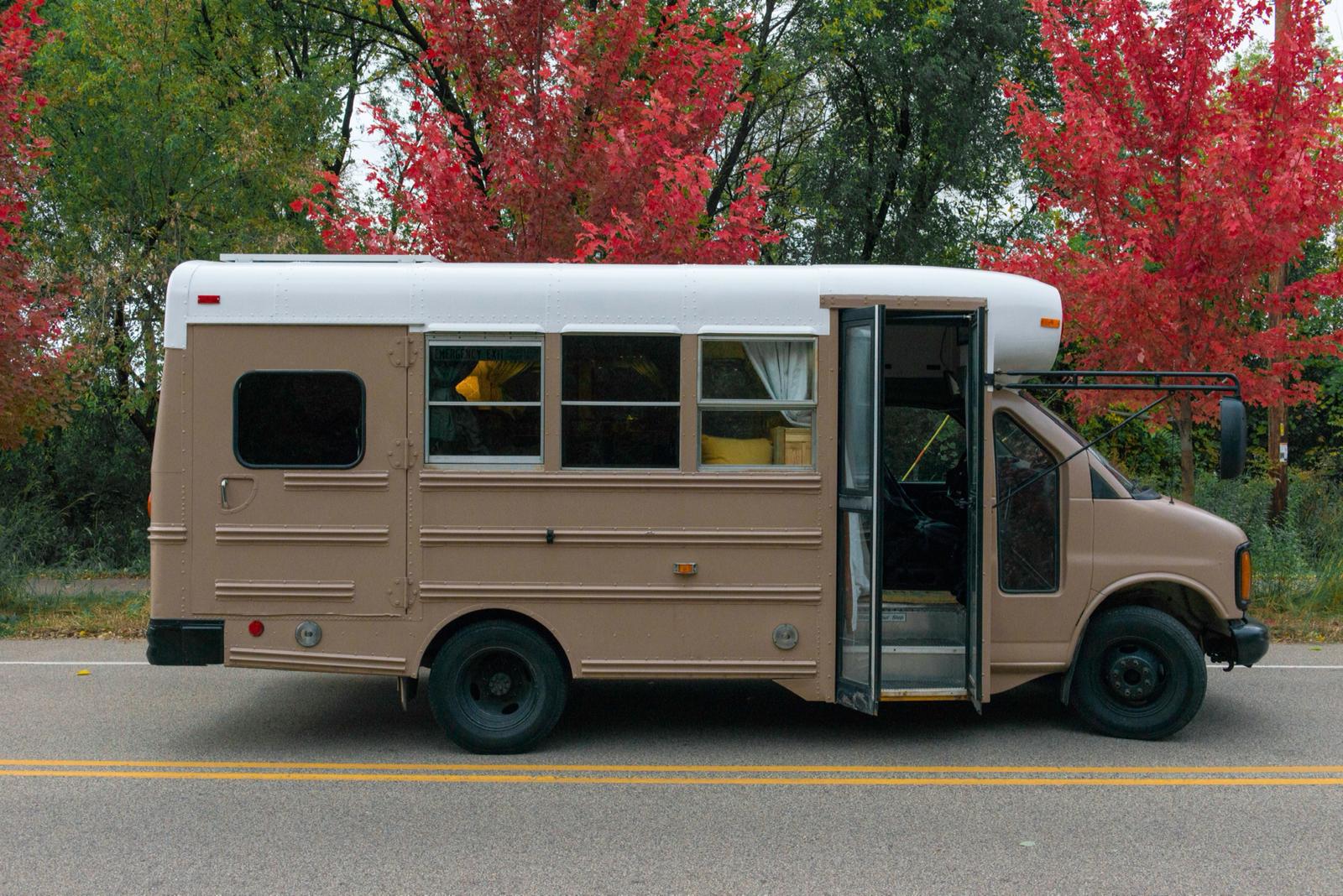Do you find yourself dreaming of transforming an regular minibus into a comfortable camper or a useful mobile business? The process of minibus conversion is not only stimulating but also filled with limitless possibilities. Whether you envision a opulent road trip vehicle, a food truck serving mouthwatering meals, or a specialized mobile office, crafting your ideal minibus requires considerate planning, creativity, and a clear understanding of your needs.
In this ultimate guide to minibus conversions, we will discuss everything you have to know about personalizing your minibus. From the beginning design advice to practical steps for installation, we will cover important features, lifestyle enhancements, and vital systems. With a combination of DIY strategies and professional insights, you will learn how to make your vision a truth while staying within budget and complying with regulations. Brace yourself to embark on a fulfilling adventure that will change your travels and experiences.
Crucial Design Tips for Your Minibus Transformation
Upon embarking on your minibus conversion journey, the initial important tip is to emphasize the layout. Based on how you plan to utilize your minibus, whether as a comfortable campervan or a mobile office, the layout will dictate the overall functionality and comfort of the space. Consider creating zones for sleeping, cooking, and working, and plan for how the flow will work as you move through the vehicle. Implement versatile furniture that can serve more than one purpose to maximize space utilization.
Next, focus on building materials and finishes that are not only stylish but also long-lasting. Choose linked here to keep your minibus easy to handle and easy to drive. For instance, consider using laminated wood or composite boards for cabinetry and fixtures, as they offer a good combination of weight and strength. Additionally, opting for finishes that can withstand wear and tear, such as easy-to-clean upholstery and surfaces, will help maintain the look and functionality of your conversion over time.
In conclusion, be mindful of power and utility needs within the design. Prepare for the installation of necessary systems, including electrical, plumbing, and waste management, early in the design process. This will help you integrate these systems seamlessly into the layout. For those considering off-grid living or extensive travel, consider where solar panels or water storage solutions will fit and how they will influence overall design. Combining functionality with style is key to creating a minibus that meets all your needs while also being a beautiful space to enjoy.
Key Features for a Functional Minibus Camper
A well-designed minibus camper should emphasize space optimization. This involves including dual-purpose furniture that can serve various roles, for example a bed which doubles as a lounge area or storage compartments that can serve as tables. Making use of vertical space for organization can help keep the space uncluttered while providing ample room for essential items. Effective layout design such as the careful placement of equipment and furniture will enhance the overall functionality and coziness of your camper.
Cozy living is crucial in a minibus camper, particularly for long trips. Proper insulation is a major consideration to ensure a comfortable temperature, while quality heating and cooling solutions help maintain a welcoming atmosphere through all seasons. Sufficient ventilation is also necessary; consider implementing openable windows or roof vents to circulate air and control humidity. Comfortable seating and sleeping arrangements will make your camper a welcoming retreat after a day on the road.
Lastly, the inclusion of necessary systems such as electricity, plumbing, and waste management is vital for a well-equipped camper. Implementing a trustworthy solar power system can help keep your gadgets operational while away from traditional power sources. A small yet efficient water system with storage tanks and a simple waste disposal system will improve your camping experience. By integrating these systems effectively into your design, you can ensure that your minibus camper remains practical and comfortable during your adventures.
Understanding Expenses and Legalities in Minibus Conversions
As you begin starting a minibus conversion, comprehending the costs involved is important to managing your budget successfully. The costs can vary widely depending on the kind of conversion, the materials used, and if you choose a DIY approach or engage professionals. Generally, conversions can range from a few thousand dollars for basic setups to tens of thousands for comprehensive alterations. It's crucial to create a comprehensive budget that includes not just the conversion itself but also permits, registration fees, and potential insurance increases.

Legalities play a significant role in the conversion process. Different countries and regions have specific regulations regarding vehicle modifications, so it is crucial to consult regional laws and requirements. This may require inspections to ensure that the converted vehicle meets safety standards for road use, especially if you are converting it for commercial purposes or as a mobile unit. Familiarizing yourself with these legalities at the outset can prevent expensive setbacks down the line.
Finally, registration and insurance requirements should not be disregarded. Owners of converted minibuses often need to revise their vehicle's classification with the relevant authorities, reflecting its updated purpose as a camper, mobile office, or food truck. Additionally, it's crucial to compare for insurance providers that cater to converted vehicles, as coverage needs will vary from standard policies. Ensuring compliance with all legal requirements will make for a smoother transition and years of enjoyable use.
